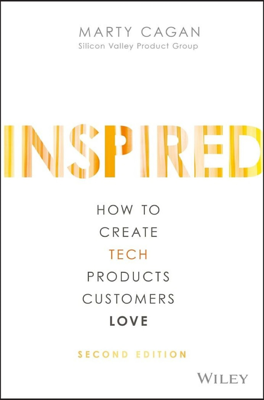PART IV: The Right Process
PART IV elaborates on how product teams should operate to continuously discover and deliver successful products. It emphasizes that there isn't a single best method, rather a combination of culture, mindset, and techniques characterizes the "right process."
Key aspects
Product discovery focus: A significant portion revolves around discovery techniques, vital to product managers, which form the core of their responsibilities.
Team collaboration: Intensive collaboration within the product team and with key stakeholders (customers, engineers) is crucial for successful product development. The product manager and product designer should be readily accessible to address any engineering questions during delivery.
Process Challenges:
Two main challenges in creating successful products often appear contradictory:
- Quick experimentation: Rapidly generating and trialing new ideas to identify what effectively solves customer problems.
- Reliable, scalable delivery: Ensuring products are thoroughly developed and stable before release, avoiding damage to customer trust or brand reputation.
Techniques Overview
- Division of Process:
- Discovery: Rapid testing of conceptual solutions to find an effective, customer-loved solution for reaching a product/market fit.
- Delivery: Ensuring scalable, fault-tolerant, high-performance solutions, formally converted into fully-developed products.
Continuous Delivery as a Strategy: Successfully scaling products involves embracing a model of continuous, incremental enhancements rather than bulky, infrequent updates.
Product Discovery
The section covers how to investigate and test a variety of ideas to pin down what truly serves both customer and business purposes:
- Customer interaction: Direct understanding from customers about their needs and feedback on proposed solutions.
- Prototyping and feedback loops: Using high-fidelity prototypes to engage customers and validate ideas, learning and reiterating rapidly.
Challenges in Harmonizing Goals
Balancing speedy trials and quality assurance may seem at odds, but successful product teams manage to allow quick customer feedback cycles without compromising on the technical robustness of the final product. This avoids the pitfalls associated with rushing incomplete solutions to market.
Rapid Learning vs. Risk Mitigation
The dialogue transitions into discussions on how successful teams push for aggressive learning and iterative improvement, heavily leaning on customer interactions to steer product development, juxtaposed with the precautions necessary to mitigate risks linked to premature product scaling or deployment.
Conclusion
Balancing between discovery and delivery, maintaining agility and stability, and fostering an environment conducive to learning and adaptation are pillars to successful product development processes. The key takeaway is that a firm commitment to user-oriented, data-backed, iteratively improved product solutions builds a foundation for lasting success in dynamic market conditions.
